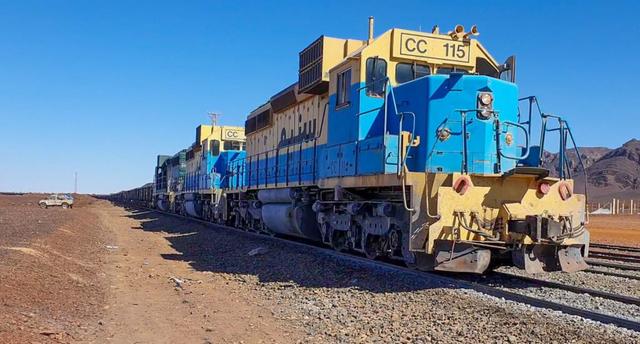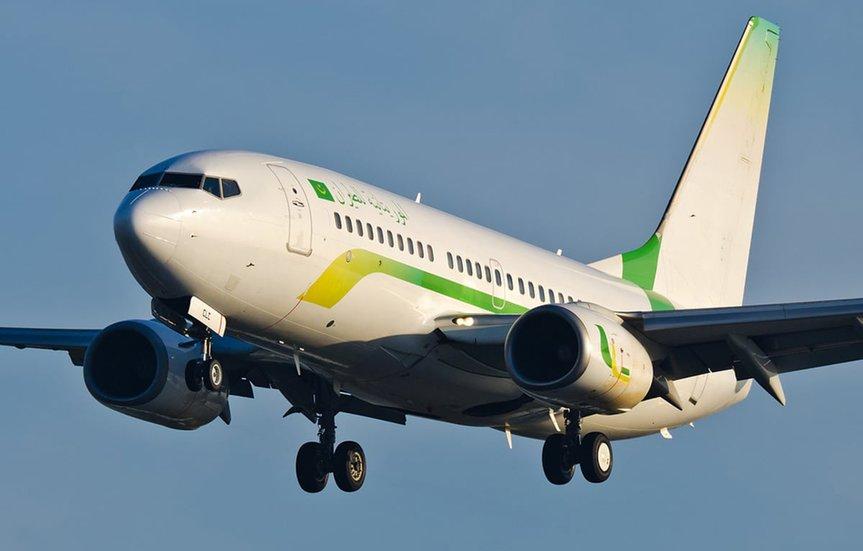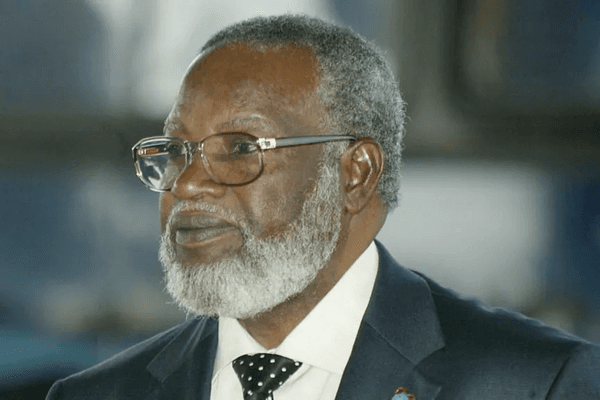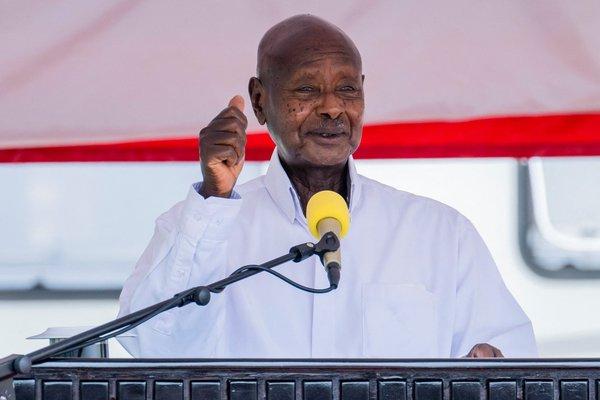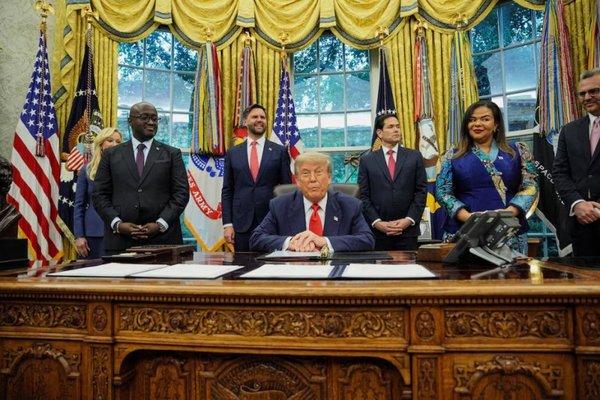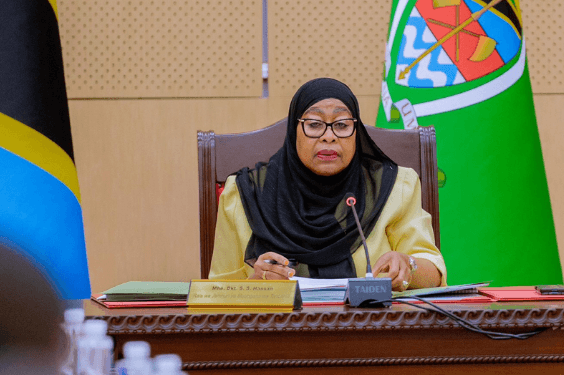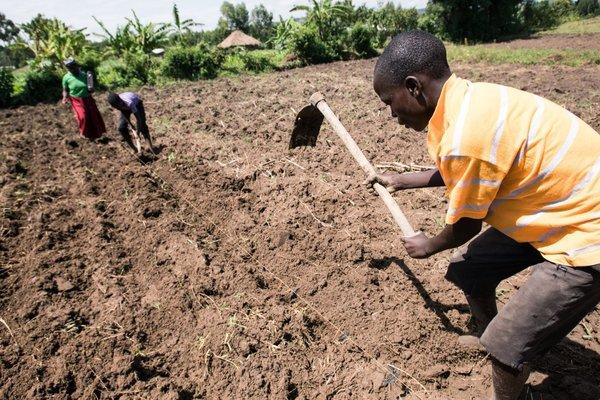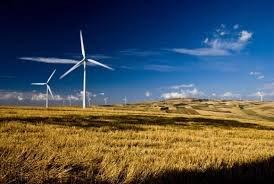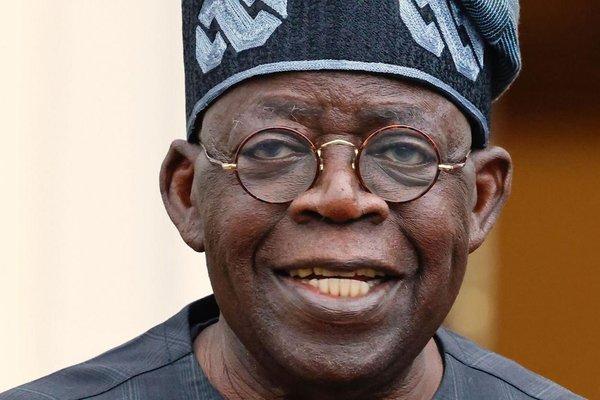Mauritania
Mauritania, officially the Islamic Republic of Mauritania, is a West African country bordered by Western Sahara, Algeria, Mali, Senegal, and the Atlantic Ocean. It bridges North Africa and Sub-Saharan Africa, blending Arab-Berber and African cultures.

West Africa

1,030,700 square kilometers

GMT (UTC +0)

4.9 million (2025 estimate)

Arabic

Islam is the official and dominant religion

Ouguiya (MRU)

President: Mohamed Ould Ghazouani
Brief
Mauritania is a country in Northwest Africa, where the Sahara Desert meets the Atlantic Ocean. Officially known as the Islamic Republic of Mauritania, it shares borders with Western Sahara, Algeria, Mali, and Senegal. The country covers over 1 million square kilometers, making it one of Africa's largest and most sparsely populated nations. Its population is around 4.9 million, with most people living in urban centers like Nouakchott, the capital. Mauritania is a Sunni Muslim nation, and Islam strongly influences its laws, culture, and daily life. The country blends Arab-Berber and Sub-Saharan African traditions and is governed as a presidential Islamic republic, currently led by President Mohamed Ould Ghazouani.
Cultural Life
Cultural milieu
Mauritania, straddling North and West Africa, presents a unique cultural mosaic shaped by Arab-Berber heritage, Islamic traditions, and African influences. The country’s identity is deeply intertwined with Islam, which permeates daily life, social norms, education, and legal systems. Arabic, the official language, serves as a unifying medium, though other languages like Pulaar, Soninke, and Wolof reflect the nation’s ethnic diversity.
The cultural fabric of Mauritania is woven from its nomadic past. Though urbanization is on the rise, traditional values of hospitality, modesty, and strong communal ties remain prominent. The society is largely patriarchal, and customs surrounding family honor, gender roles, and religious observance are strictly upheld. Traditional attire—such as the flowing darraa for men and melfha for women—symbolizes both modesty and cultural pride.
Mauritania’s music and poetry are highly esteemed, particularly among the Moorish elite, with griots (oral historians and musicians) preserving ancient epics and rhythms. The tidinit and ardine—traditional stringed instruments—accompany performances that often blend spiritual themes with storytelling. Despite conservative norms, artistic expression persists within socially acceptable bounds.
Mauritania’s cultural milieu is a blend of Islamic orthodoxy, Saharan traditions, and African heritage, creating a society deeply rooted in faith, oral history, and communal identity. As the country navigates modernity, it continues to balance tradition with gradual social change.
Daily Life and social customs
Daily life and social customs in Mauritania are deeply rooted in Islamic traditions and nomadic heritage. Most Mauritanians follow a daily rhythm influenced by Islamic practices, with prayer times structuring the day and Fridays reserved for congregational worship. Hospitality is a cornerstone of social life—guests are welcomed with tea, often served three times in a ceremonial manner that fosters conversation and respect. Family and tribal affiliations play a major role in personal identity and social structure, with extended families often living together or maintaining strong ties. Traditional dress is common, with men wearing flowing robes called darraa and women donning colorful melfa. While urbanization is increasing, especially in Nouakchott, many rural communities still follow semi-nomadic lifestyles, herding livestock or engaging in small-scale agriculture. Social customs emphasize respect for elders, modesty, and strong communal bonds.



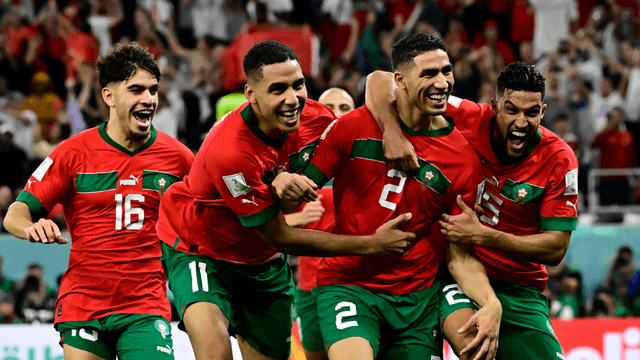
Cuisines
Mauritanian cuisine blends Arab, Berber, and West African influences, featuring hearty dishes often centered around meat, grains, and spices. One of the most popular national dishes is thieboudienne (or chebujin), a flavorful mix of fish, rice, and vegetables cooked in tomato sauce. Mechoui, or roasted lamb, is commonly prepared for special occasions, while mafé, a peanut-based meat stew, reflects regional culinary ties with neighboring Senegal and Mali. Couscous is also widely eaten, usually served with vegetables and meat. Green mint tea is an essential part of social life, served multiple times a day in a ritual that symbolizes hospitality and friendship. Meals are typically shared from a communal dish, reinforcing family and community bonds.
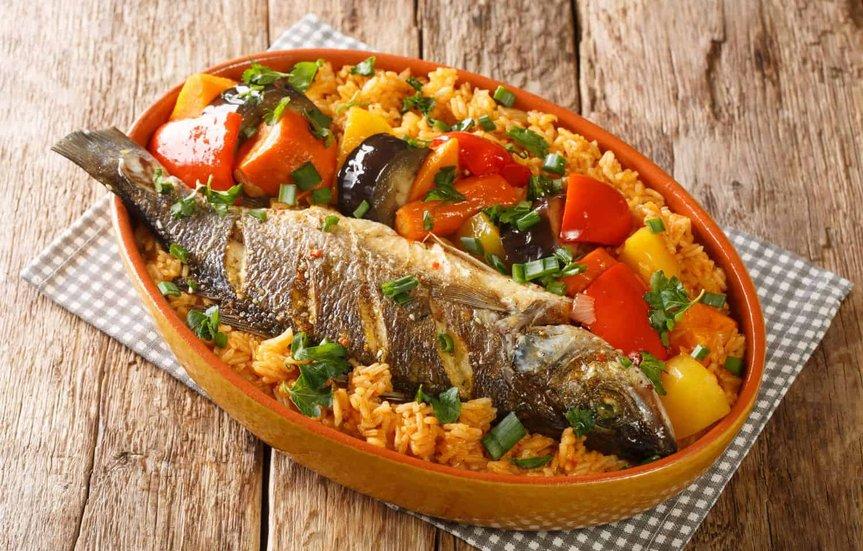
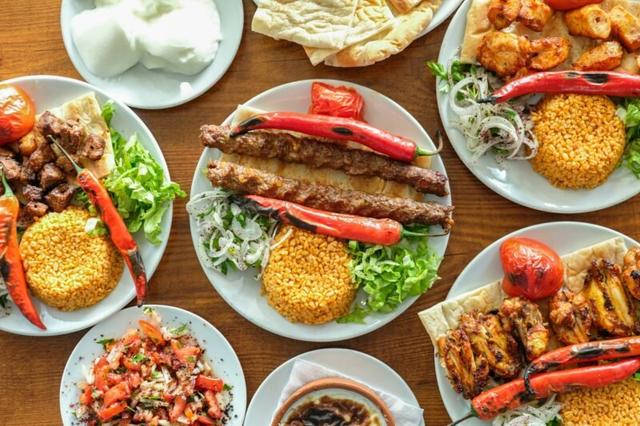



Music
Music in Mauritania is a rich cultural tradition deeply tied to the country's nomadic and Islamic heritage. It is dominated by the griot tradition, where professional musicians and storytellers preserve history, poetry, and cultural values through song. Mauritanian music is typically performed using traditional instruments like the ardin (a harp-like instrument played by women), the tidinit (a four-stringed lute), and various drums. The music follows a unique modal system known as pentatonic modes and often includes poetic lyrics that reflect social issues, history, or praise. Griots (also known as iggawin) hold a special status in society and perform at weddings, naming ceremonies, and other communal events. While modern styles and instruments are slowly influencing the scene, traditional Mauritanian music remains a vital part of national identity and cultural expression.
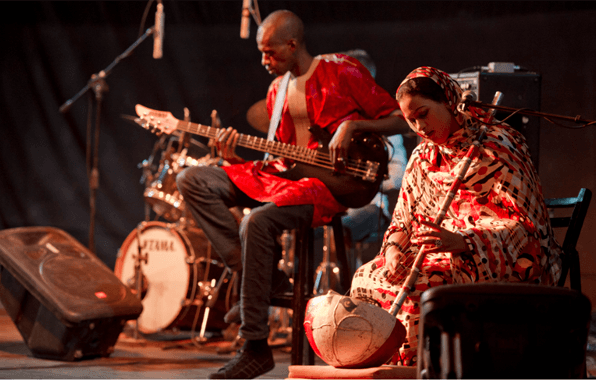
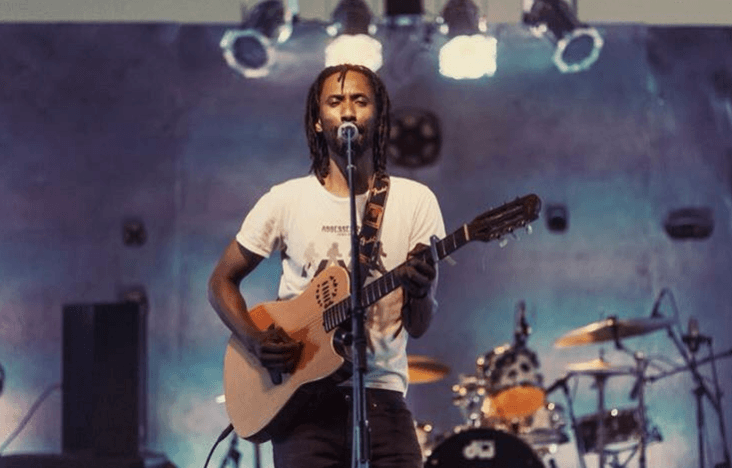
Arts
Art in Mauritania is closely tied to its Islamic, nomadic, and tribal traditions, reflecting the country’s cultural diversity and desert heritage. Traditional crafts such as leatherwork, wood carving, textile weaving, and metalwork are prominent, often used to produce practical items like saddles, mats, jewelry, and containers. Decorative motifs typically feature geometric and calligraphic patterns in accordance with Islamic artistic principles, avoiding figurative representation. Henna art is also popular, especially for body decoration during weddings and festivals. Mauritanian artisans often work in open markets or small workshops, with skills passed down through generations. While contemporary visual art remains limited and less formalized than in other regions, there is a growing interest in cultural preservation and expression through festivals, exhibitions, and community projects that showcase both traditional and modern forms of Mauritanian creativity.
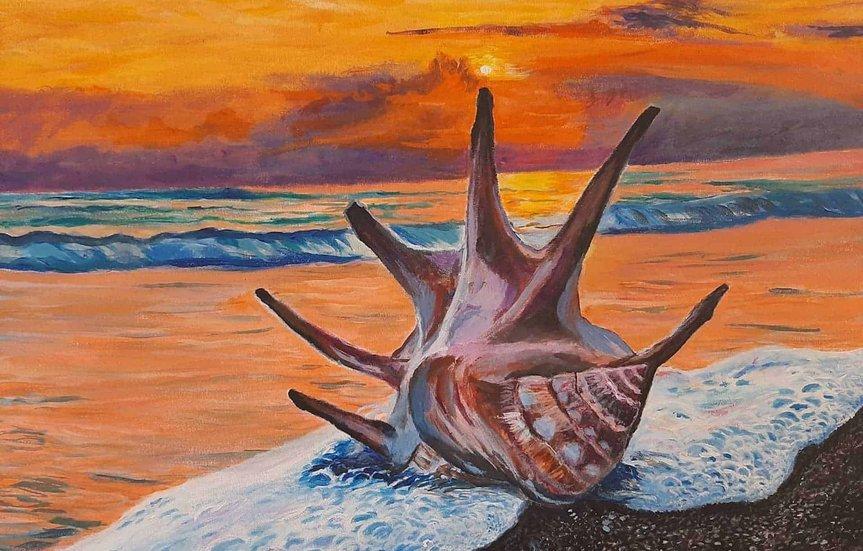



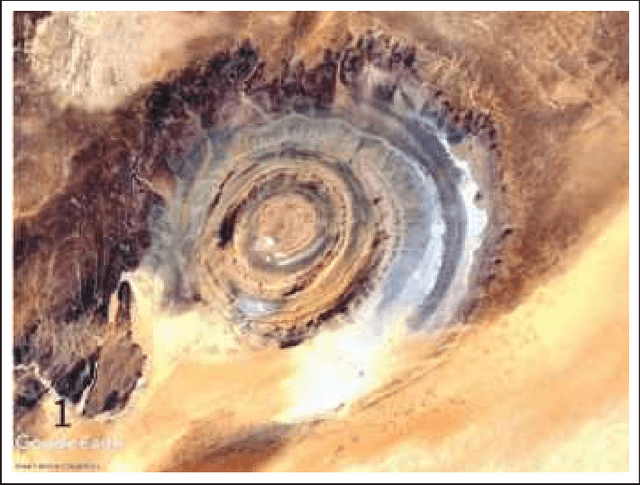
PEOPLE
Mauritania is ethnically diverse, with its population primarily composed of three main groups: Moors (or Maures), Sub-Saharan Africans, and Haratin. The Moors, who dominate the political and cultural landscape, are of Arab-Berber descent and are divided into White Moors (Bidhân)—traditionally the elite—and Black Moors (Haratin)—historically enslaved people who have since gained freedom but still face social marginalization. Sub-Saharan ethnic groups include the Pulaar (Fula or Fulani), Soninké, and Wolof, predominantly found in the southern regions near the Senegal River. These groups have their own languages and customs, contributing to the country’s rich cultural mosaic. Despite the diversity, tensions over identity, language, and social status remain part of Mauritania’s complex societal fabric.
Ethnic Groups
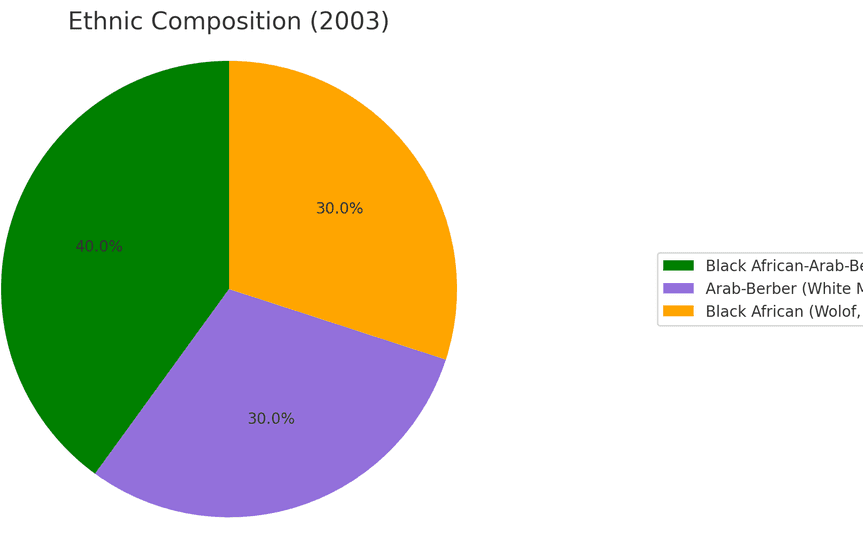




Religion
Religion in Mauritania is overwhelmingly Islamic, with nearly the entire population adhering to Sunni Islam, primarily following the Maliki school of jurisprudence. Islam shapes almost every aspect of daily life, from social customs and legal systems to education and governance. The country is officially an Islamic Republic, and Islamic principles are deeply embedded in its constitution and laws. Religious leaders hold significant influence, and Islamic festivals and practices such as Ramadan, daily prayers, and the Hajj pilgrimage are widely observed. While Islam is the dominant faith, there is limited presence of other religions, and religious tolerance is generally practiced within the bounds of Islamic teachings.
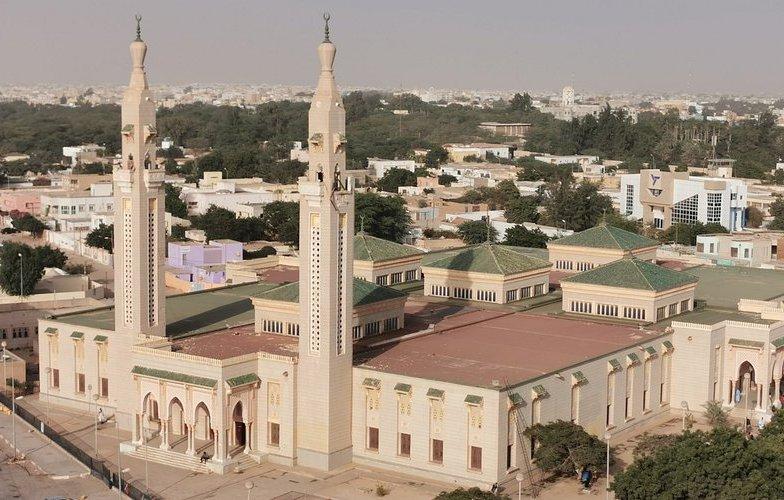
Settlement Patterns
Settlement patterns in Mauritania are strongly influenced by its harsh desert environment and traditional nomadic lifestyles. The majority of the population lives in urban centers along the Atlantic coast and near the Senegal River in the south, where water and arable land are more abundant. Nouakchott, the capital, is the largest city and the main economic and administrative hub, attracting many rural migrants. In contrast, much of the interior consists of sparsely populated desert areas where nomadic and semi-nomadic groups move seasonally with their livestock in search of pasture and water. Small villages and oases serve as temporary or permanent settlements for these communities. Overall, Mauritania’s settlement patterns reflect a mix of urban concentration and dispersed rural populations adapted to the country’s challenging natural conditions.
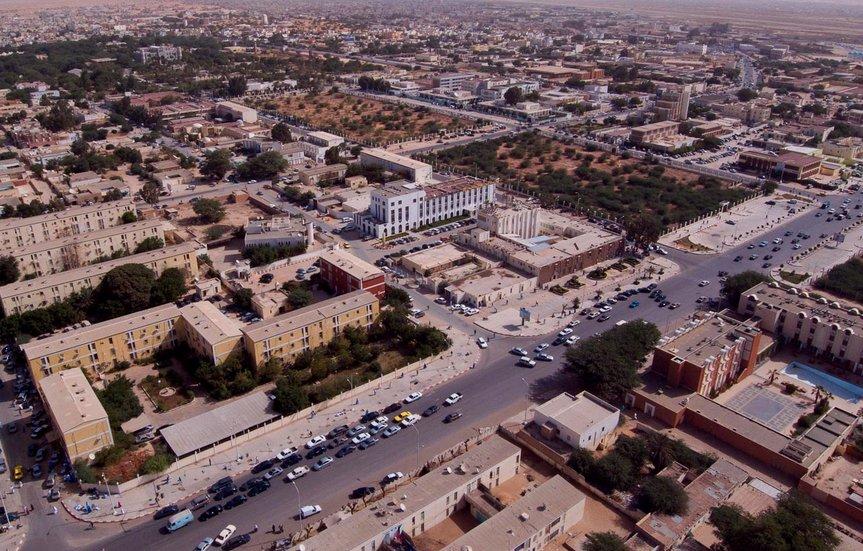
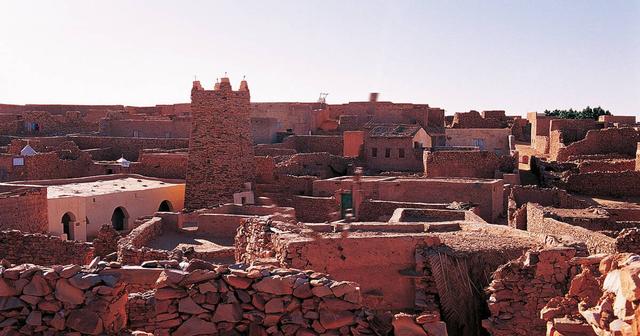
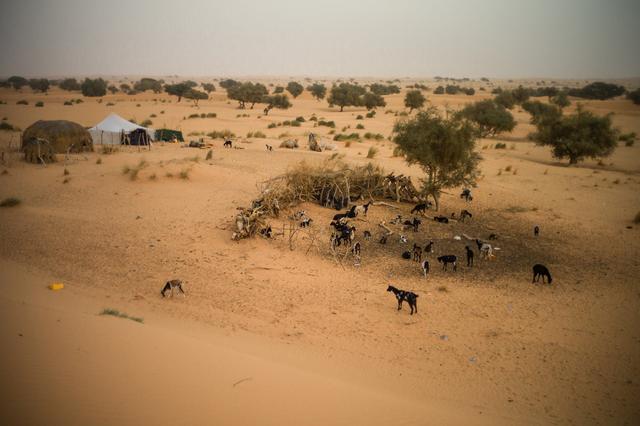
Demographic Trends
Mauritania's demographic landscape is characterized by rapid growth, a youthful population, and increasing urbanization. As of mid-2025, the estimated population stands at approximately 5.3 million people, reflecting a growth rate of about 2.8% annually.
The population is predominantly young, with nearly 43% under the age of 15, and a median age of just 21.9 years . This youthful demographic presents both opportunities and challenges, particularly in terms of education, employment, and social services.
Urbanization is on the rise, with over 57% of the population residing in urban areas as of 2023 . Nouakchott, the capital city, is the largest urban center, housing a significant portion of the urban population. This trend towards urban living is driven by factors such as better access to services, employment opportunities, and infrastructure.
Despite these advancements, Mauritania faces challenges related to its demographic trends. Youth unemployment remains high, and the country grapples with issues of poverty and inequality. Efforts to harness the potential of its youthful population are ongoing, with a focus on education, job creation, and inclusive development.
In summary, Mauritania's demographic trends indicate a rapidly growing, youthful, and increasingly urban population, presenting both opportunities for development and challenges that require strategic planning and investment.
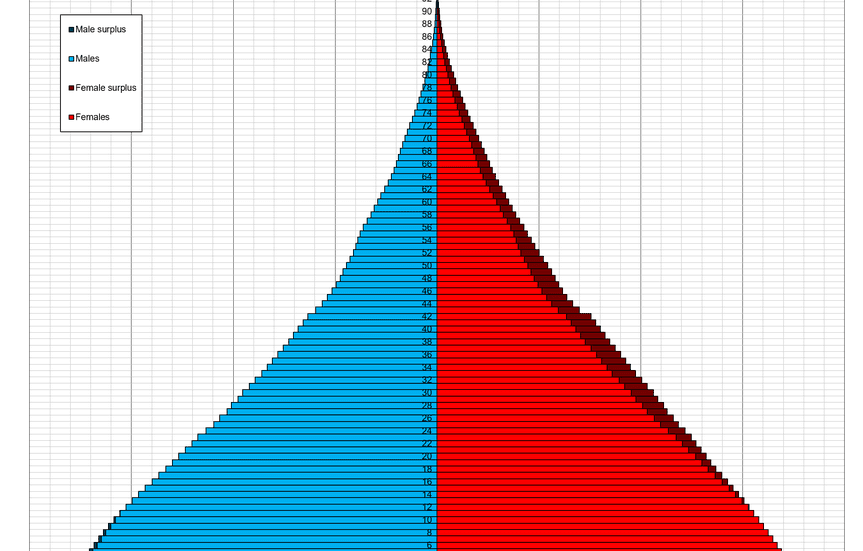
Touristic Cities
Nouakchott City
The capital city of Mauritania is Nouakchott. It is the largest city in the country and serves as its political, economic, and cultural center. Located on the Atlantic coast, Nouakchott has grown rapidly since Mauritania’s independence in 1960, evolving from a small fishing village into a bustling urban hub. The city hosts government offices, diplomatic missions, markets, and various cultural institutions, making it the focal point for administration and commerce in Mauritania.
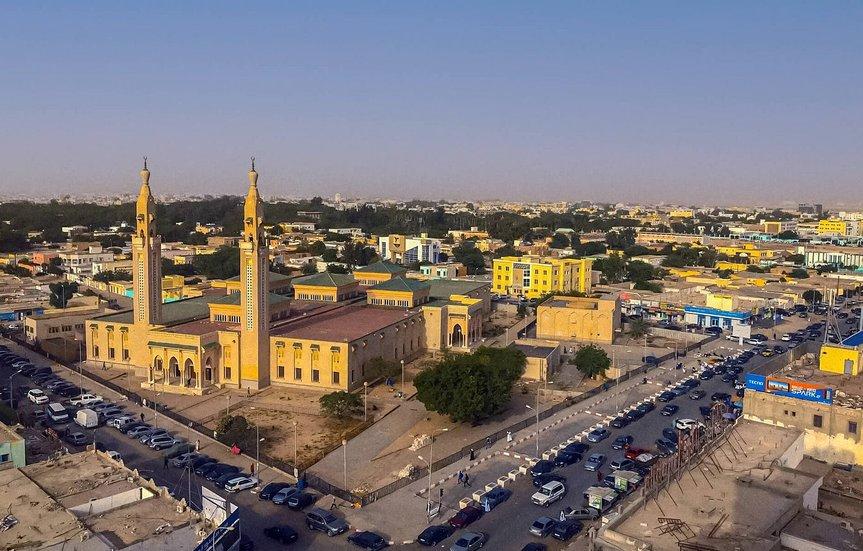
Besides Nouakchott, Mauritania has several other important cities and towns that contribute to the country’s cultural and economic life. Nouadhibou, located on the Atlantic coast near the border with Western Sahara, is Mauritania’s second-largest city and a key port for fishing and mining exports. Kaédi, situated along the Senegal River in the south, is an agricultural and trading center serving the fertile river valley region. Rosso, also near the Senegal River, acts as a border town and gateway for trade with Senegal. Zouérat is an important mining town in the north, known for its iron ore deposits. Smaller towns like Atar, Kiffa, and Tidjikja serve as regional hubs, each with unique cultural and economic roles within their respective areas.
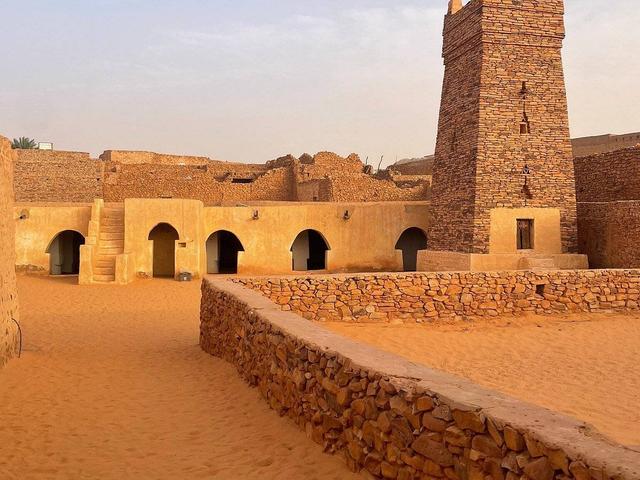



Accommodations
Guesthouses
Guesthouses in Mauritania offer a modest and culturally rich lodging experience, especially in cities like Nouakchott, Nouadhibou, and Atar. These accommodations are typically family-run, providing a warm, welcoming atmosphere at budget-friendly prices. Guesthouses often include private or shared rooms, traditional Mauritanian meals, and basic amenities such as Wi-Fi and laundry services. They are popular among backpackers, NGO workers, and travelers looking to engage with the local lifestyle. Some guesthouses also assist with travel logistics and desert excursions.

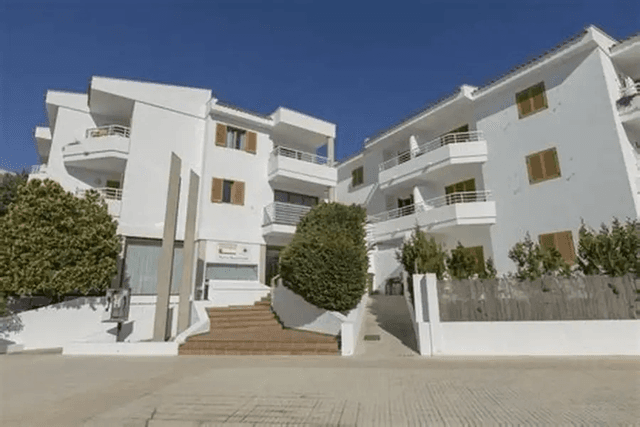
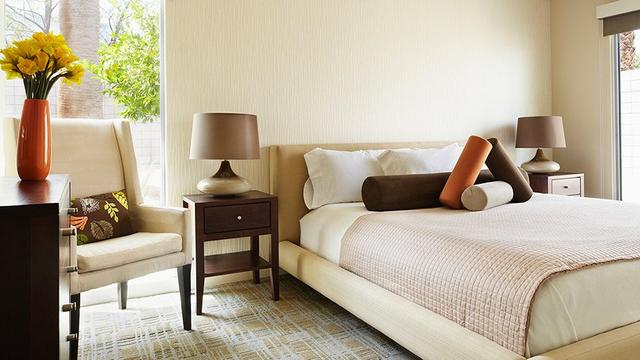
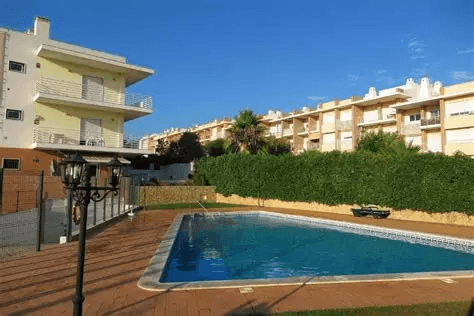
Hotels and Resorts
Hotels in Mauritania vary from simple inns to modern establishments in urban areas. In Nouakchott, hotels like Hôtel Semiramis and Hôtel Al Khaima offer comfortable stays with features such as air-conditioned rooms, on-site restaurants, and meeting facilities. These hotels cater to both business and leisure travelers, often providing a mix of Western and local services. Smaller towns have more modest hotels, which may lack luxury but provide clean, functional accommodations for those exploring the country’s interior regions.



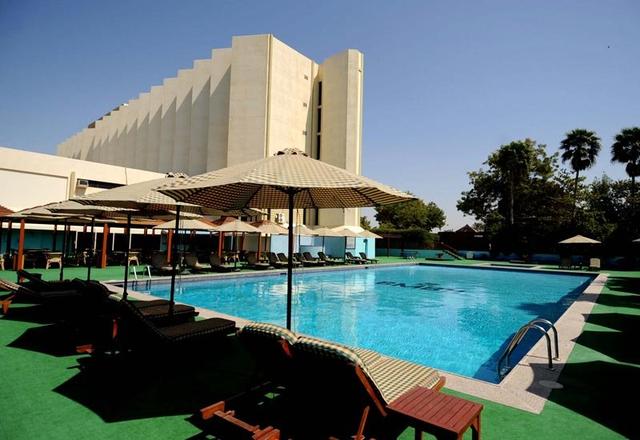
Raids
Although traditional riads are a feature of Moroccan architecture, Mauritania has similar types of traditional accommodations, particularly in historic desert towns like Chinguetti and Ouadane. These lodgings often feature thick mud-brick walls, shaded courtyards, and rooftop terraces, offering a peaceful retreat from the desert heat. While not called riads locally, they serve a similar purpose—blending hospitality with local architectural heritage. These places are ideal for travelers seeking a deeper cultural experience in Mauritania’s ancient trading centers.

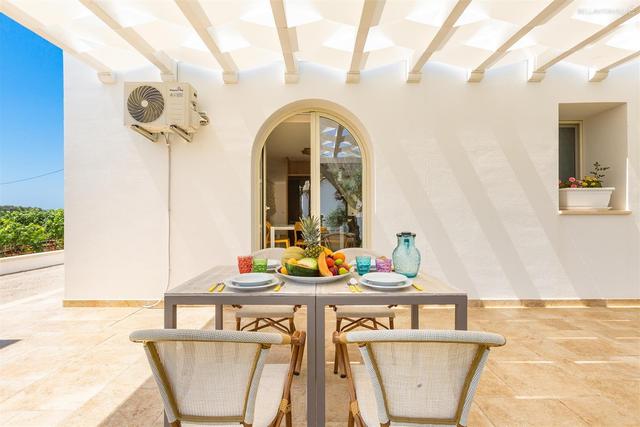

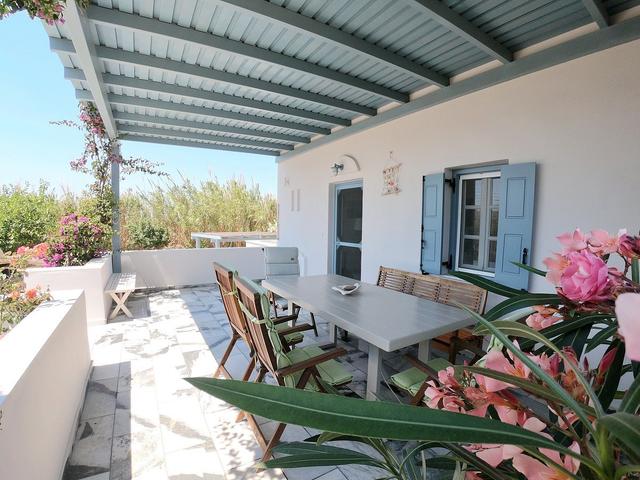
Campings
Camping is a popular choice for adventure travelers exploring Mauritania’s vast deserts and scenic landscapes. Organized desert camps are available in areas like the Adrar region, the Banc d’Arguin National Park, and along the caravan route to Chinguetti. These campsites range from simple tent setups to more comfortable eco-lodges, offering meals, guided camel treks, and star-filled night skies. Wild camping is also common but should be done with caution and preferably with a local guide due to the remoteness and varying terrain.




Requirement for visa
Documents needed when applying for a visa
When applying for a visa to Mauritania, applicants generally need to submit several key documents to the Mauritanian embassy or consulate. The exact requirements may vary slightly depending on the applicant’s nationality and the type of visa, but the standard documents include:
1. Completed Visa Application Form
- Filled out accurately and signed. Available from the embassy or consulate website.
2. Valid Passport
- Original passport with at least 6 months validity beyond the intended stay.
- Must have at least one or two blank pages for the visa.
3. Passport-Sized Photographs
- Usually 2 recent color photos, meeting specific size and background requirements.
4. Travel Itinerary
- Copy of round-trip flight reservation or confirmed travel tickets.
- Details of accommodation bookings in Mauritania.
5. Proof of Financial Means
- Bank statements or other documents demonstrating sufficient funds to cover the stay.
6. Invitation Letter (if applicable)
- Letter of invitation from a host in Mauritania or a business contact, if visiting for business or family.
7. Visa Fee Payment
- Proof of payment of the visa processing fee (varies by nationality and visa type).
8. Additional Documents
- For business visas: business letters, company registration, or sponsorship letters.
- For work or study visas: approval from relevant Mauritanian authorities or institutions.
- Health or vaccination certificates may be required in some cases (e.g., Yellow Fever).
Important Notes
- Processing times can vary; it’s advisable to apply well in advance.
- Some nationalities may be eligible for visa on arrival or e-visa options; check the latest official guidelines.
- Always consult the Mauritanian embassy or consulate website or contact them directly for the most current and specific requirements.
Economy of Mauritania
Mining Sector
Mining is a crucial sector in Mauritania’s economy, significantly contributing to the country’s GDP and export revenues. The nation is rich in mineral resources, with iron ore being the most important and abundant mineral, especially extracted around the town of Zouérat in the northern region. Mauritania is one of Africa’s leading iron ore producers, with mining operations supporting large-scale export through the port of Nouadhibou. Besides iron ore, the country also has deposits of gold, copper, phosphates, and gypsum, though these are less extensively exploited. The mining industry provides employment opportunities and infrastructure development but faces challenges such as fluctuating global commodity prices and the need for sustainable environmental practices.
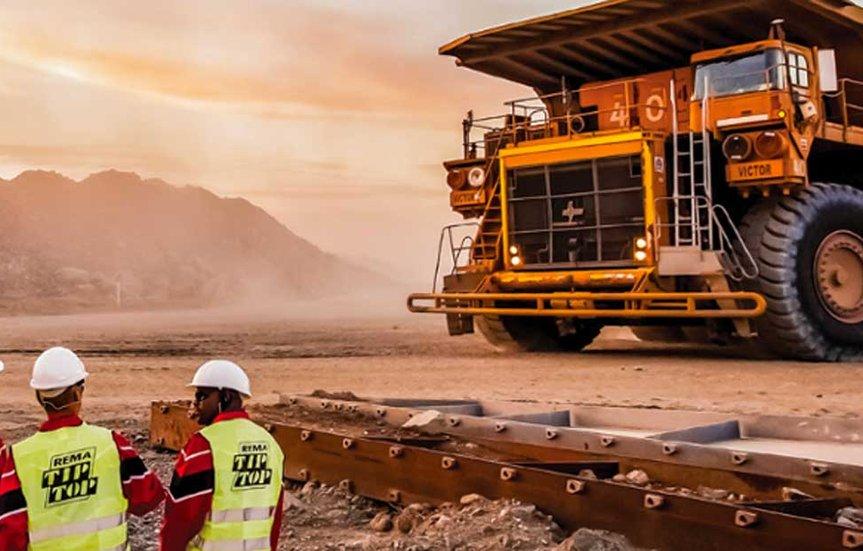
Agriculture
Agriculture in Mauritania is limited due to the country's arid climate and vast desert landscape, with only a small portion of the land being arable, mainly concentrated along the Senegal River Valley in the south. The sector employs a significant portion of the population, particularly in rural areas, and focuses primarily on subsistence farming and livestock rearing. Key crops include millet, sorghum, maize, and rice, although productivity is often affected by irregular rainfall, droughts, and poor irrigation infrastructure. Livestock—particularly cattle, sheep, goats, and camels—plays a vital economic and cultural role, contributing more significantly to GDP than crop farming. In recent years, the government and international partners have made efforts to improve food security and develop irrigation projects, but agriculture in Mauritania still faces challenges related to desertification, climate change, and limited technological advancement.
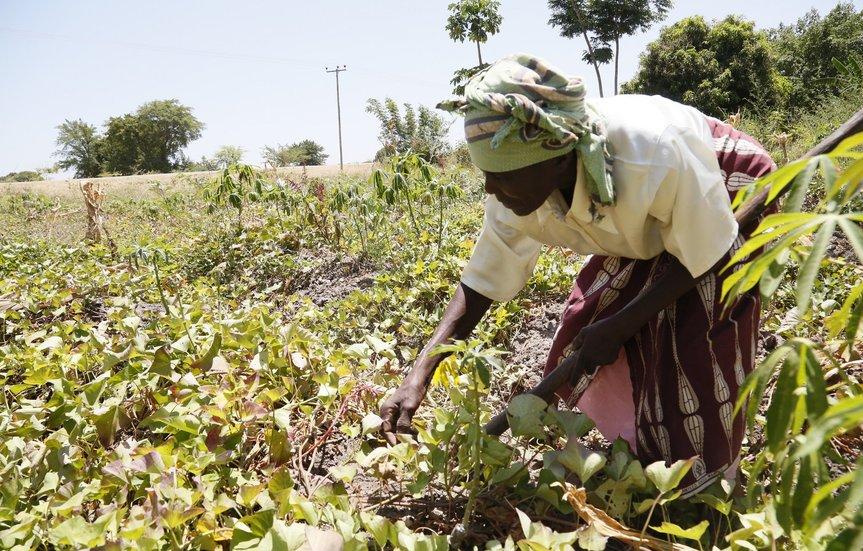
Fishing
Fishing is one of the most important sectors of Mauritania’s economy, contributing significantly to employment, food security, and export revenue. The country boasts a rich and productive marine ecosystem along its Atlantic coastline, particularly in the Banc d’Arguin and Nouadhibou areas, which are known for their abundant fish stocks. Key commercial species include octopus, sardines, tuna, and hake. The fishing industry is divided into artisanal and industrial segments, with the artisanal sector providing livelihoods for many coastal communities. However, overfishing, illegal fishing, and inadequate infrastructure pose challenges to sustainable exploitation. The Mauritanian government has entered into fisheries agreements with the European Union and other foreign entities to regulate access and promote resource management, while also seeking to increase local processing and value addition. Despite these efforts, the sector still needs better regulation, monitoring, and investment in facilities to fully realize its potential.
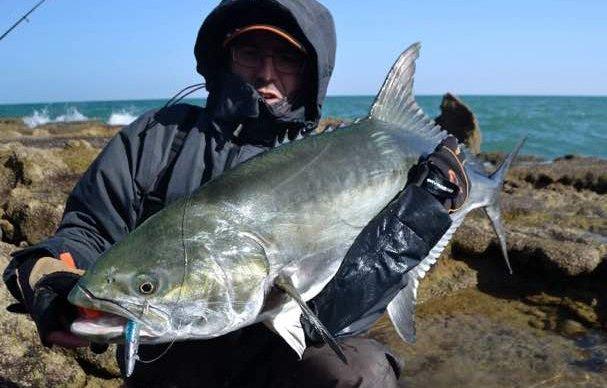
Trade
Trade plays a vital role in Mauritania’s economy, with exports and imports together accounting for a significant share of the country’s GDP. The nation primarily exports natural resources such as gold, iron ore, copper, and seafood—especially octopus and other fish products—which are shipped mainly to countries like China, Canada, Spain, and Switzerland. Imports, on the other hand, include refined petroleum, food products like sugar and wheat, and machinery, mostly sourced from the UAE, France, Spain, and China. Despite a persistent trade deficit, Mauritania benefits from several trade agreements, including preferential access to European and U.S. markets through the EU's Everything But Arms initiative and the U.S. Generalized System of Preferences. The country is also a member of regional blocs such as ECOWAS and the African Continental Free Trade Area (AfCFTA), which aim to boost intra-African commerce. Key infrastructure like the Port of Nouakchott and the SNIM railway further supports its export-driven economy.
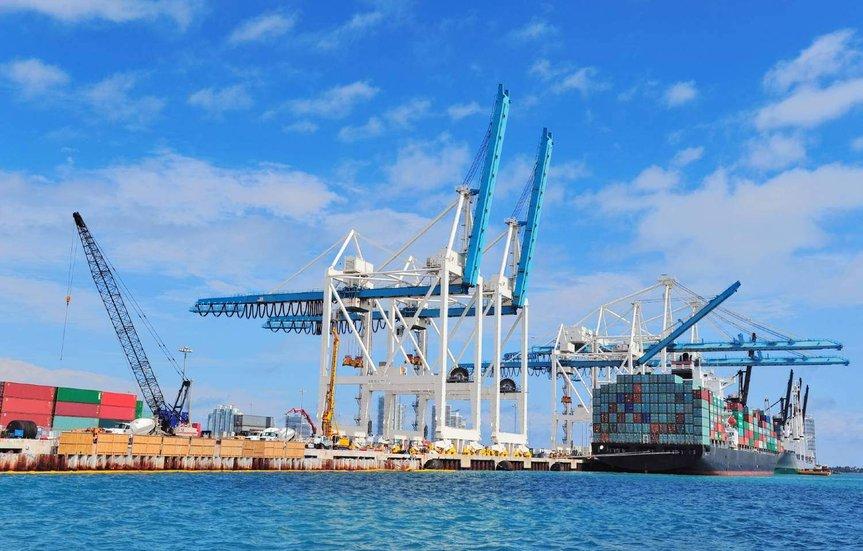
Transportation and Telecommunication
Transportation and telecommunication in Mauritania are developing but still face significant challenges due to the country’s vast desert terrain and limited infrastructure. The road network connects major cities like Nouakchott, Nouadhibou, and Zouérat, but many rural areas remain difficult to access, especially during the rainy season. There is no railway system for passengers, though a railway line exists primarily to transport iron ore from mines to the port of Nouadhibou. Air travel centers around Nouakchott’s international airport, which serves as the main gateway for international flights. Telecommunications have improved in recent years, with expanding mobile phone coverage and increasing internet access, mainly in urban areas. However, overall connectivity remains limited, and efforts continue to enhance digital infrastructure to support economic growth and social development


